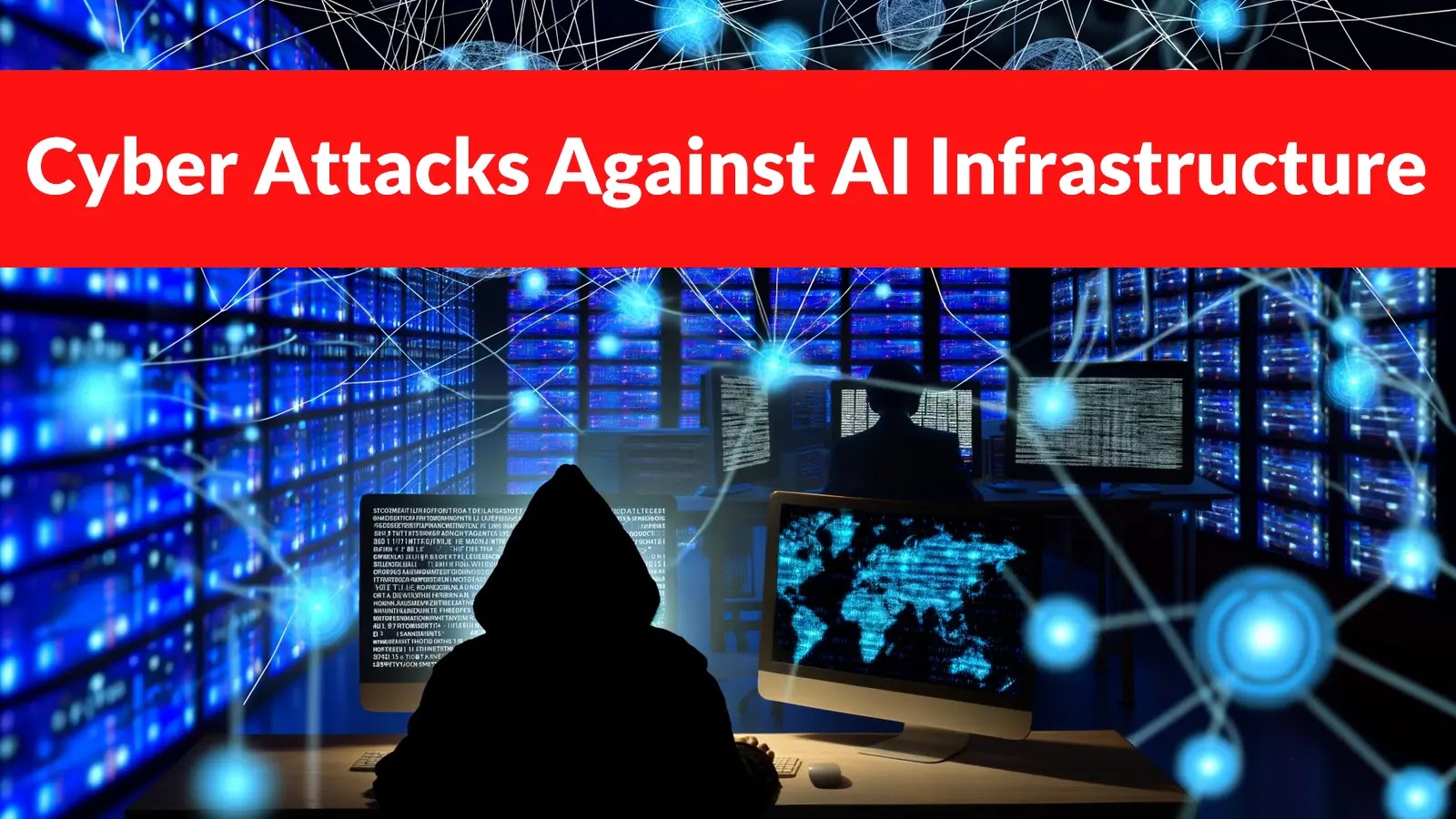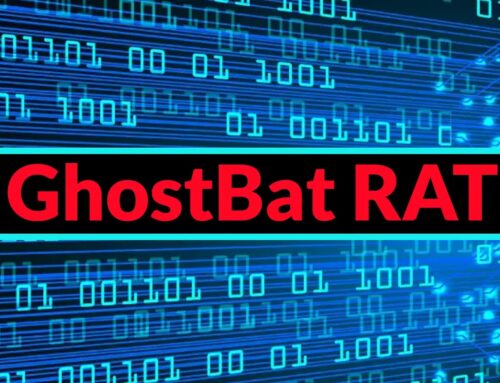
Cyber Attacks Against AI Infrastructure Are in The Rise With Key Vulnerabilities Uncovered
The AI Frontier: Navigating the Rising Tide of Cyber Attacks on LLM Infrastructure
The landscape of cyber threats is in constant flux, and one of the most significant shifts we’ve witnessed recently is the aggressive pivot of malicious actors towards artificial intelligence infrastructure. Specifically, the high-value systems that train, tune, and serve modern AI models, especially Large Language Models (LLMs), have become prime targets. This isn’t just an evolution of existing threats; it represents a strategic reorientation by cybercriminals seeking lucrative new avenues for exploitation. The implications for data integrity, intellectual property, and operational continuity within organizations leveraging AI are profound.
ShadowInit: A New Malware Family Targeting AI Compute
Over the past six months, incident-response teams have documented the emergence of a new and concerning malware family, tentatively dubbed “ShadowInit.” This sophisticated threat is a stark departure from earlier, more generalized crypto-mining campaigns. ShadowInit specifically targets the core components of AI deployments: GPU clusters, model-serving gateways, and critical orchestration pipelines within LLM environments. Its design indicates a deep understanding of AI infrastructure, suggesting a specialized and determined adversary.
- GPU Clusters: The computational backbone of AI, often housing sensitive model weights and training data.
- Model-Serving Gateways: The crucial interface between trained models and end-user applications, vulnerable to data exfiltration or model manipulation.
- Orchestration Pipelines: The automated systems managing the lifecycle of AI models, from development to deployment, offering an entry point for supply chain attacks within AI systems.
Key Vulnerabilities Exploited in AI Infrastructure Attacks
The rise of ShadowInit and similar threats highlights several critical vulnerabilities inherent in the rapidly evolving AI ecosystem. These weaknesses are often a consequence of rapid deployment, complex interdependencies, and a nascent security posture compared to traditional IT infrastructure.
One common vulnerability exploited in these attacks involves insecure API endpoints, particularly those used for model interaction and management. Threat actors can leverage unauthenticated or poorly authenticated API access to inject malicious data, exfiltrate model weights, or even manipulate model behavior. For instance, a known vulnerability in certain popular machine learning serving frameworks, documented as CVE-2023-38545, allowed for remote code execution via malformed requests, potentially compromising the entire serving infrastructure.
Another area of significant concern is the supply chain of AI models and data. Attacks can originate from compromised open-source libraries used in model development or poisoned training data. A recent example, CVE-2023-49015, detailed a vulnerability in a widely used data processing library that could lead to arbitrary file writes during data ingestion, directly impacting the integrity of training datasets.
Remediation Actions for Securing AI Infrastructure
Protecting AI infrastructure from sophisticated threats like ShadowInit requires a multi-layered and proactive security strategy. Organizations must move beyond traditional perimeter defenses and adopt security practices tailored to the unique challenges of AI environments.
- Strict Access Control and Authentication: Implement robust authentication mechanisms (e.g., MFA, strong IAM policies) for all AI development, training, and serving infrastructure. Apply the principle of least privilege rigorously to all accounts and services.
- Secure API Design and Management: Ensure all AI-related APIs are designed with security in mind, including rate limiting, input validation, and proper authentication/authorization. Utilize API gateways to centralize access control and monitoring. Regularly audit API endpoints for misconfigurations and vulnerabilities.
- Software Supply Chain Security: Vet all third-party libraries, frameworks, and pre-trained models used in AI development. Implement automated dependency scanning and ensure all components are up-to-date. Consider using trusted private repositories for dependencies.
- Data Integrity and Provenance: Implement strong controls over training data, including data validation, versioning, and access logging. Monitor for anomalies that could indicate data poisoning or unauthorized access. Securely store and transmit sensitive training data.
- Network Segmentation: Isolate AI training and serving environments from other corporate networks to limit lateral movement in case of a breach. Implement micro-segmentation within AI clusters to contain potential compromises.
- Regular Security Audits and Penetration Testing: Conduct frequent security assessments specifically targeting your AI infrastructure, including white-box and black-box penetration testing. Focus on identifying vulnerabilities unique to GPU clusters, container orchestration, and model serving.
- Incident Response Planning for AI: Develop and regularly test incident response plans tailored to AI-specific incidents, such as model hijacking, data exfiltration from training sets, or denial-of-service against serving endpoints.
- Patch Management: Maintain a rigorous patch management program for all operating systems, hypervisors, container runtimes, AI frameworks, and libraries.
Tools for AI Infrastructure Security
Leveraging the right tools can significantly enhance your ability to detect, prevent, and respond to threats against your AI infrastructure. Below are examples of categories and specific tools relevant to this mission.
| Tool Category | Specific Tool/Approach | Purpose | Link |
|---|---|---|---|
| Container Security Scanners | Trivy | Vulnerability scanning for container images, file systems, and Git repositories. Essential for securing AI workloads in containerized environments. | https://aquasec.com/products/trivy/ |
| Cloud Security Posture Management (CSPM) | Palo Alto Networks Prisma Cloud | Identifies misconfigurations, policy violations, and threats across public cloud environments where AI infrastructure often resides. | https://www.paloaltonetworks.com/cloud-security/prisma-cloud |
| API Security Gateways | Kong Gateway | Provides a secure layer for managing and protecting API endpoints used for AI model interaction, including authentication, rate limiting, and threat detection. | https://konghq.com/kong-gateway |
| Software Composition Analysis (SCA) | OWASP Dependency-Check | Analyzes project dependencies and identifies known vulnerabilities, crucial for securing open-source components in AI development pipelines. | https://owasp.org/www-project-dependency-check/ |
| Runtime Application Self-Protection (RASP) | Contrast Security (Example) | Embeds security into the application runtime, enabling self-protection against attacks targeting AI serving applications and models. | https://www.contrastsecurity.com/what-is-rasp |
Conclusion: Fortifying the Future of AI Security
The emergence of targeted attacks like ShadowInit underscores a critical shift in the cybersecurity landscape: AI infrastructure is no longer an ancillary target but a primary focus for sophisticated cyber adversaries. As organizations increasingly rely on AI and LLMs, the imperative to secure these complex systems becomes paramount. Proactive security measures, continuous monitoring, and a deep understanding of AI-specific vulnerabilities are essential to mitigate risks. By adopting robust security practices, leveraging specialized tools, and fostering a culture of security awareness, we can collectively fortify the future of AI against the rising tide of cyber threats.





